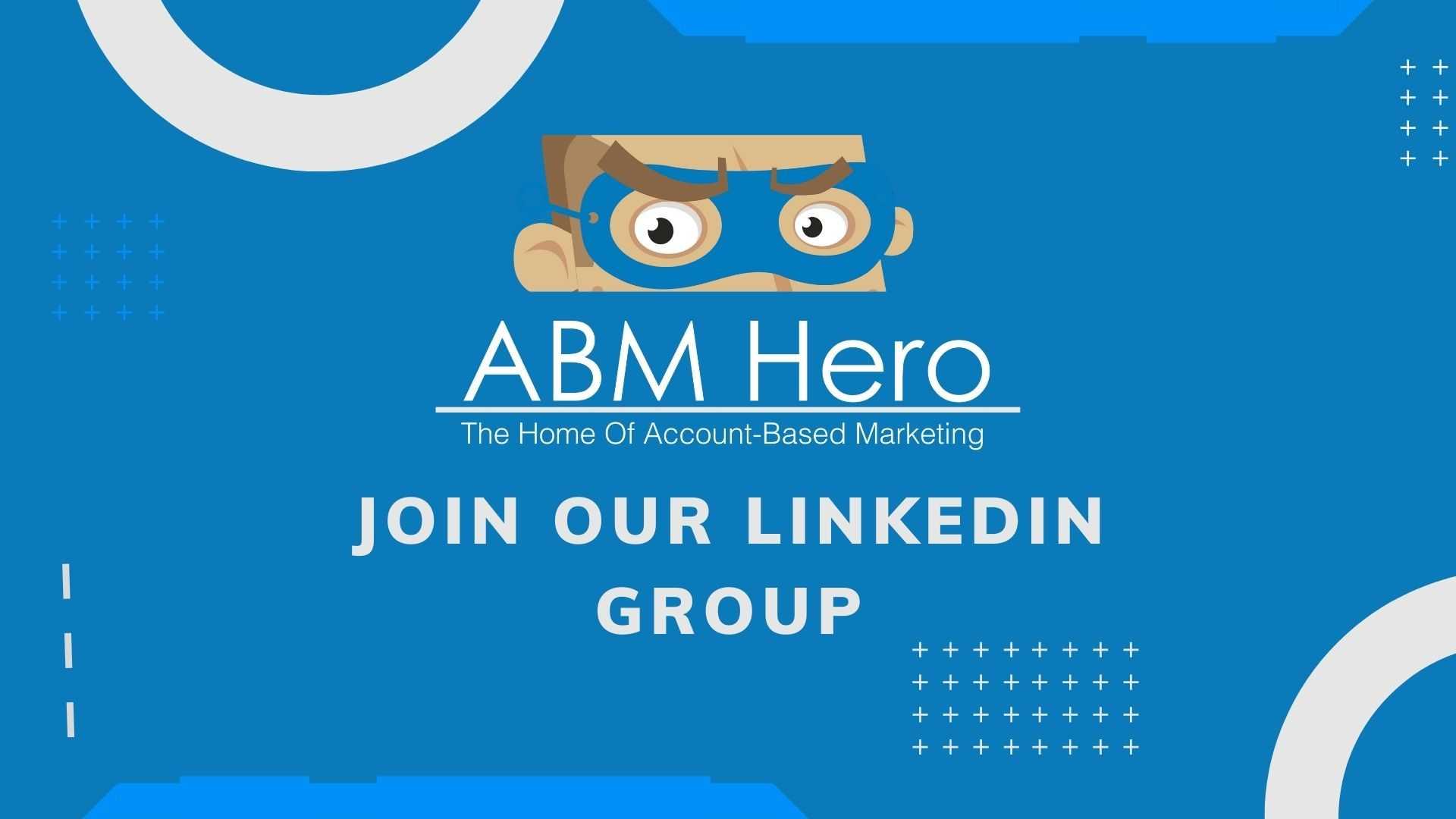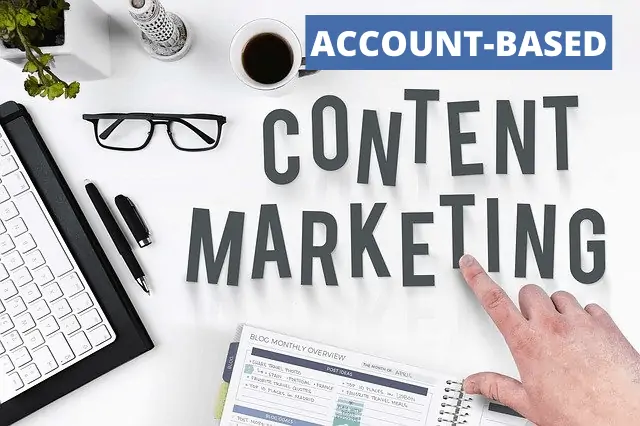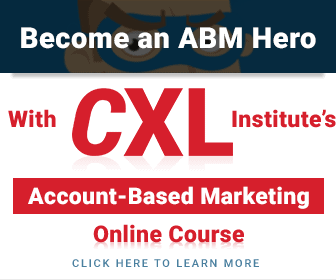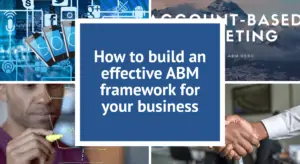Every business has had to face significant changes in the last twelve months. Whether that’s office closures and redundancies due to the pandemic, or businesses in the UK and the EU facing all kinds of changes in the wake of Brexit, everyone has been forced to be incredibly flexible and to consider how they spend their time and resources.
Time and resources are at the heart of what makes account-based content marketing such a powerful tool. You may have heard the phrase already, but if you are not yet deploying it, you are putting yourself and your business at a disadvantage. So, let’s break down why you need to rethink the way you do your marketing.
A Crash Course in ABM-Powered Content Marketing
For decades, business marketing has operated on the same principles: you cast as wide a net as possible. Then, you filter the results down until you build a relationship with someone you can support your products and services. ABM-powered content marketing flips the script.
Rather than casting a wide net from the get-go and seeing who bites, you take aim at one, or a small number, of target accounts – called key accounts – and put all your resources into landing them, an approach that can be particularly useful for start-up businesses. Still unclear? Let’s bring in the funnel.
Rethinking The Marketing Funnel
What is the marketing funnel? Think of it like an inverted pyramid, where the top layer is all the work put in by your marketing team to bring in as many leads as possible. Next, your marketing team will start to fine-tune their efforts as the numbers slim down, and they can begin to personalise their approach. This is where the overtures will be made to engage and create a relationship with the business in question. Finally, the tip of the inverted pyramid is the stage where you are only talking to the ones who mean business. Account-based marketing turns this idea on its head.
ABM In Practice
What does this actually mean in practice? It means that you are going after the businesses and the people who are not only the ones who can make all the difference for you, but who will also be interested in working with you. However, the statistics show that this approach yields results. Are you more likely to open a generic “Have you ever considered [insert business idea here]”, or a message that clearly demonstrates that the sender knows who you are and has a good reason for reaching out to you. One study found that a group that received personalised ads were 60% more likely to open them.
It also allows you to be so much more creative in your approach. There is less need for the bland, generic, templated approach when you are approaching a single target or even a smaller number. You can have a little more fun with it, make it truly bespoke. And while this may mean more work early on, it pays off. The same report stated that 87% of respondents said that this approach garners higher ROI than their other marketing tactics.
Choose your ABM type
So, there are three main types of ABM. The first, and the one closest to the traditional model, is One-To Many. Say you’re going after one particular account. You can create ad content for one specific individual working on it while creating generic ad content for the other people on that team. It’s not as scattershot as the old funnel approach and allows for some highly personalised contact in addition to the more general one ahead of the next stage of follow-ups.
The One-To-Few ABM is aimed at clusters of accounts with similar interests. This approach allows you to be more focused on the content that you are sending their way. It also leaves room to follow up on that eye-catching first point of contact. Finally, the One-To-One is, as the name suggests, a marketing approach aimed at one single account. This is the approach that may require the most work, but it is also the one that allows for the most creativity as you tailor unique, bespoke content that you know will speak directly to their interests.
Research your target market
It goes without saying that one of the most crucial elements to the success of ABM is doing your research. While the more traditional approach can coast on buzzwords and more generic concepts, AMB requires you to put the work in to cut through the noise of the B2B landscape.
Get to know the most common areas of difficulty for their business, and how their typical buying cycle usually operates. Once you have a good idea of their business needs and practices, you can begin tailoring your content accordingly.
Understand whom you are targeting. Are they mid-level managers, or CFO, or CMO? Your content and its mode of delivery depends on whom you want to target, and the time they can spare for your content.
How to Create Content for Your ABM Strategy
So where does content come into your ABM strategy? You should also see this as an opportunity to revamp your content strategy. Taking this kind of approach allows you to take a step back and see how your content can fit the needs of your target businesses rather than flooding it with keywords in the hopes that something will catch. You don’t need to show that you have what they need simply. It would help if you showed them that you are a better choice for them than their competitors.
This is a great way to unlock your content’s potential and to take bold steps such as bringing in a specific art team for a campaign. Say you know that someone on your target account is a big fan of film noir movies, you can think about theming up your content in that classic 1940s art style or create video content to really stand out. In 2018, a report showed that 27% of ABM marketers saw a 50% increase in C-level engagement, and another report showed that 75% of people preferred personalised content. The statistics are behind ABM, and as we all place more and more emphasis on creating content, there has never been a better time for you to take this approach.
Do Not Reinvent the Wheel
Working out what types of content to create and put where can be a challenge, especially when you need to repurpose them for multiple personas. There are many different types of content that can be used in an ABM campaign, such as blog posts, podcasts, videos, and infographics. It’s easy to get overwhelmed by all the options, especially when you need to make sure that each type of content is suitable for a particular persona.
You don’t have to start creating content from scratch for each target audience of an account. You can always repurpose the content to suit the areas of interest of each persona. For instance, if you want to target the finance head or CFO, use an ROI calculator. If it’s the marketing head, then show an infographic of product features, uses, and pricing, and so on.
If you are looking for more ideas on how to supercharge your ABM campaign or learn more about how to integrate your content strategy and your ABM strategy, ABM Hero has a wealth of information, guides and news to help you find the approach that suits you. Stay up to date with the latest research and keep finding new ways to land those whale accounts.
